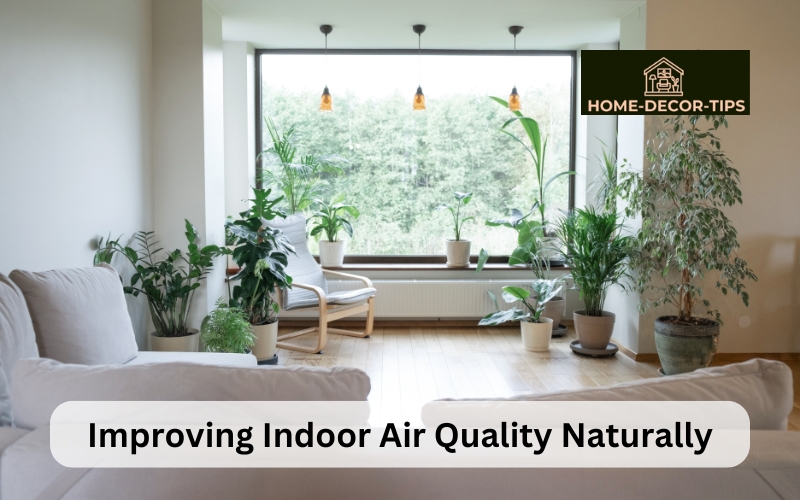Understanding Indoor Air Pollution: Common Sources and Solutions

Indoor air pollution is a significant environmental health concern that can affect the well-being of occupants in homes, offices, schools, and other indoor environments. While outdoor air pollution often receives more attention, indoor air quality can be equally or even more problematic due to various sources of pollutants trapped indoors. Understanding the common sources of indoor air pollution and implementing effective solutions is essential for safeguarding respiratory health and promoting overall well-being. Here, we explore the sources of indoor air pollution and practical solutions to improve indoor air quality:
Common Sources of Indoor Air Pollution:
Combustion Appliances:
Gas stoves, fireplaces, wood-burning stoves, and space heaters can release harmful pollutants such as carbon monoxide, nitrogen dioxide, and particulate matter into the indoor air, especially in poorly ventilated spaces.
Tobacco Smoke:
Smoking indoors introduces a range of toxic chemicals and carcinogens into the air, including nicotine, tar, formaldehyde, and volatile organic compounds (VOCs), posing significant health risks to both smokers and nonsmokers.
Building Materials:
Certain building materials and furnishings, such as paint, carpeting, furniture, and synthetic flooring, can emit volatile organic compounds (VOCs), formaldehyde, and other chemicals known as off-gassing, contributing to indoor air pollution.
Household Products:
Cleaning supplies, air fresheners, pesticides, and personal care products often contain volatile organic compounds (VOCs), fragrances, and other chemicals that can release harmful pollutants into the indoor air during use.
Mold and Moisture:
Dampness and water intrusion in buildings can promote the growth of mold, mildew, and fungi, releasing spores, allergens, and mycotoxins into the air, which can exacerbate respiratory issues and trigger allergic reactions.
Radon Gas:
Radon is a naturally occurring radioactive gas that can seep into buildings through cracks in the foundation, floors, walls, and gaps around pipes, posing a significant health risk when inhaled over time.
Solutions to Improve Indoor Air Quality:
Proper Ventilation:
Ensure adequate ventilation in indoor spaces by opening windows and doors, using exhaust fans in kitchens and bathrooms, and installing mechanical ventilation systems to remove pollutants and promote air exchange.
Air Purification:
Use air purifiers with HEPA (High-Efficiency Particulate Air) filters or activated carbon filters to remove airborne particles, allergens, and pollutants from indoor air, especially in areas with high levels of indoor air pollution.
Source Control:
Minimize indoor air pollution by reducing or eliminating sources of pollutants, such as smoking indoors, using low-VOC paints and building materials, and opting for natural cleaning products and pesticides.
Humidity Control:
Maintain indoor humidity levels between 30% and 50% to prevent mold growth and moisture-related issues. Use dehumidifiers in damp areas and fix leaks or water damage promptly to prevent mold and mildew formation.
Radon Testing and Mitigation:
Test indoor air for radon levels and implement radon mitigation measures if elevated levels are detected, such as sealing cracks in the foundation, installing radon ventilation systems, or using radon-resistant construction techniques.
Regular Cleaning and Maintenance:
Keep indoor spaces clean and well-maintained to reduce dust, allergens, and indoor air pollutants. Vacuum carpets and upholstery regularly, clean air ducts and filters, and address mold and mildew growth promptly to prevent indoor air quality issues.
By understanding the common sources of indoor air pollution and implementing effective solutions to improve indoor air quality, homeowners, building occupants, and facility managers can create healthier indoor environments that promote respiratory health, comfort, and well-being. Prioritizing indoor air quality management is essential for protecting human health and enhancing overall quality of life in indoor spaces.





